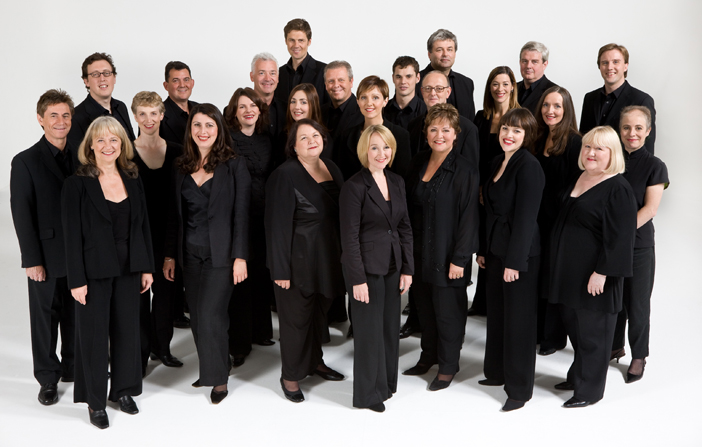So to the second leg of Leif Ove Andsnes's journey through the Beethoven concertos, and a distressingly underpopulated Royal Albert Hall. Perhaps the punters were put off by the wintry weather, or perhaps by the dread names of Schoenberg and Stravinsky on the bill. Either way, it is shocking that Andsnes’s wonderful playing should have been to anything other than a full house.
Far from being frightening, the Stravinsky that opened the programme – the “Dumbarton Oaks” Concerto – is completely charming and was played with appropriate fleetness and élan. It is easier to listen to than to play, with metrical complexities abounding, and I have never seen it done without a conductor before. But this was more than a stunt: it transformed the piece into 15-part chamber music, with everyone listening carefully to each other. There were a couple of minor slips in the wind in the middle movement, but the ensemble generated such energy through the final couple of minutes that these were rendered insignificant. While Apollon musagète in Prom 9 had sometimes felt a bit directionless without a conductor leading the way, that was not a problem here.
If “Dumbarton Oaks” extended notions of chamber music, Andsnes’s reading of the Third Concerto took it even further. With the piano nestling in the middle of the Mahler Chamber Orchestra, traditional ideas of the concerto as a contest between the forces were completely dispelled. Everyone here was on the same page, playing together with one mind. Facing not the most technically challenging of concertos, Andsnes was freed up to give attention to shaping the orchestral textures through conducting, or giving a lead through his quicksilver playing. There was a wealth of detail in the syncopated accents of the opening tutti, and he maintained the impetus throughout, up to the helter-skelter coda. There were some wonderful moments of dialogue between piano and cellos, and between piano and bassoon (Peter Whelan) which spoke of the pleasure that all involved were finding in the music.
 The frequent and unexpected shifts of key in Beethoven’s second movement presaged Schoenberg’s harmonic language in Friede auf Erden (“Peace on Earth”), in nature if not extent. Schoenberg’s 10-minute choral piece was written in 1907 on the cusp of his complete break with tonality in the Second String Quartet. Although by no means atonal, Friede auf Erden has no sense of home key, or indeed of staying in any key for more than a few bars, and at the time it was written was considered unsingable. The BBC Singers (pictured above) rose to its challenges admirably, tuning the rich chords beautifully and finding dynamic extremes; but they could do nothing about the lack of rhythmic interest and a sameness in the choral textures.
The frequent and unexpected shifts of key in Beethoven’s second movement presaged Schoenberg’s harmonic language in Friede auf Erden (“Peace on Earth”), in nature if not extent. Schoenberg’s 10-minute choral piece was written in 1907 on the cusp of his complete break with tonality in the Second String Quartet. Although by no means atonal, Friede auf Erden has no sense of home key, or indeed of staying in any key for more than a few bars, and at the time it was written was considered unsingable. The BBC Singers (pictured above) rose to its challenges admirably, tuning the rich chords beautifully and finding dynamic extremes; but they could do nothing about the lack of rhythmic interest and a sameness in the choral textures.
If Beethoven’s piano concertos are familiar repertoire, the “Choral Fantasy” for piano, chorus and orchestra is a rarely programmed novelty. It is not difficult to understand why on a practical level – if you are hiring a choir you probably want them to sing for more than the last five minutes – but also on a musical one: this is not top-rate Beethoven. That said, it is very much worth hearing, even if just as a prototype for the finale of the Ninth Symphony. It starts with a long piano cadenza, which Beethoven improvised at the premiere and only wrote down later, before settling into a set of variations on one of his early songs. The theme is passed between piano and orchestra – the woodwind playing particularly persuasive in solo moments. Once the chorus joins in the music becomes a rousing celebration of the power of art to bring mankind together; Andsnes, alternating between furious arpeggios and expansive conducting, joining the orchestra in joyous embodiment of this grand idea.
- Listen to this Prom for the next month on BBC Radio 3 iPlayer
- Andsnes's final Beethoven instalment is on Sunday 26 July at 7.30pm













Add comment